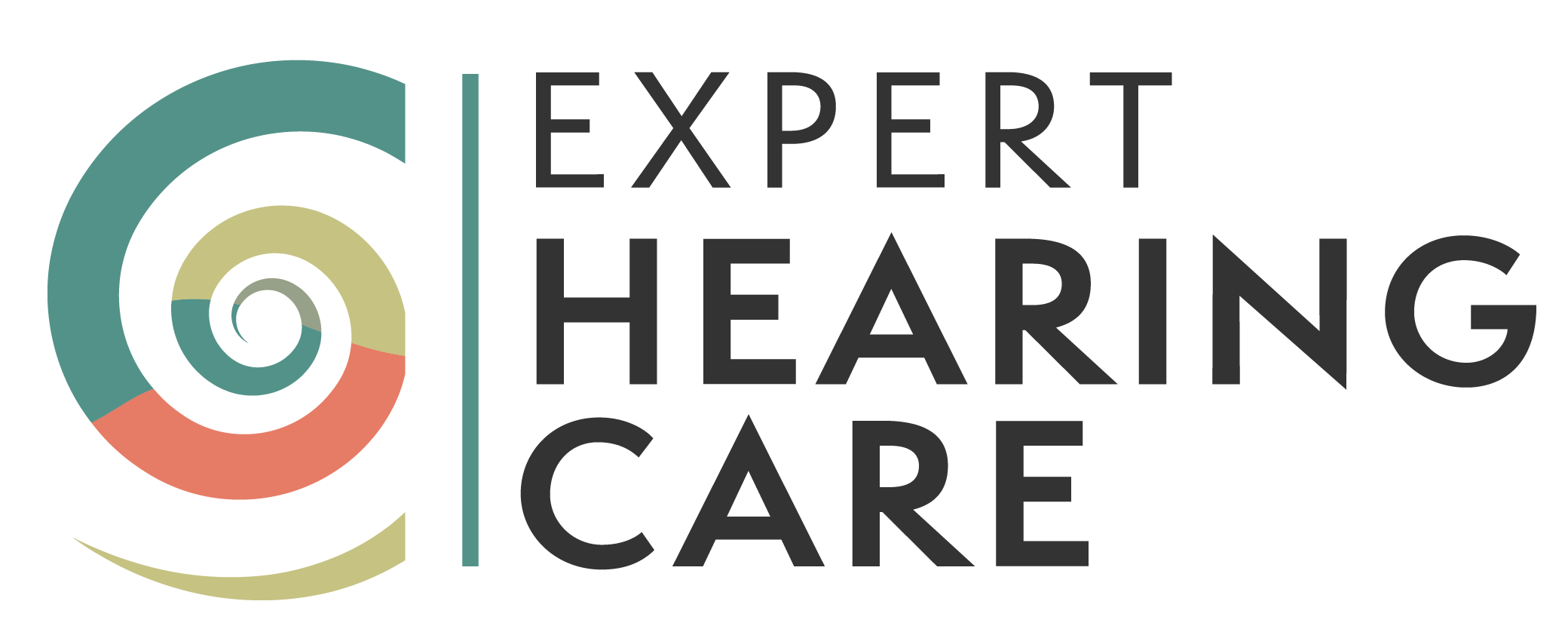Continued from last week’s blog: Auditory Education and Counseling: Part One
2. EXPECTATIONS AND GOALS
Successful use of amplification is predicated on realistic expectations. Everyone’s expectations for amplification are different so it is important that your hearing health provider assess your unique expectations about amplification. There is a fine line between expecting too much out of your hearing devices and having appropriate expectations. For example, expecting that your hearing will return to “normal” is not a realistic expectation for any hearing aids, but expecting to have increased ease of communication with hearing aids is realistic. Unrealistic expectations often lead to frustration, disappointment and often failure. Including your family and/or significant others in your discussion of goals and expectations also will contribute to successful use of amplification and improved communication.
Establishing your goals for improving your communication will assist you and the hearing health provider in choosing the best rehabilitative option for you. For example, if telephone communication is problematic, you should be provided information about tele-coils and other options to improve your ability to use the telephone effectively. Your occupation, your social life and your pastimes will help in the decision-making process regarding hearing aid features.
Some hearing health providers will have you complete questionnaires to assist them in determining your needs and expectations. These questionnaires often ask about how the hearing loss has influenced various aspects of your life and can be helpful in determining rehabilitative options. Be sure your hearing health provider takes the times to assess your individual needs, goals and expectations so that they are achievable given your hearing loss.
3. HEARING AID FOLLOW-UP
Once you have been fit with hearing devices, the rehabilitation process begins. Because the audiologic rehabilitation process involves more than just purchasing hearing aids, it is imperative that you be provided with post-fitting orientation, counseling and rehabilitation. You should be offered several sessions that include verification of the hearing device fitting, adjustment counseling and communication training.
Verification of the hearing aid fitting can be done in several ways. Your hearing health provider will conduct objective tests to verify that the hearing aids are working optimally while at the same providing you comfortable, effective amplification. In addition to this objective testing, your provider should be assessing your subjective benefit from hearing aids. You may be asked to complete questionnaires that assess the level of benefit you receive in various listening environments. Or you might be asked about your level of satisfaction with the hearing aid fitting process. All of this information helps the hearing health provider to make adjustments in the rehabilitative plan to insure that you are successful.
4. ADJUSTMENT COUNSELING
Adjustment to amplification and learning to hear again can be challenging. People are often surprised when they first hear footsteps, refrigerator noise and distant laughter that they had not heard in years. Because the brain has not received this type of stimulation for the duration of your hearing loss, it may take a while for you to adjust to the new sounds you are hearing. Different listening environments present different challenges.
Initially, your new ability to hear may be overwhelming to you. But as your brain relearns to hear, particularly in noisy situations, you will find communication will become increasingly easier. Adjusting to amplification is an individual issue. Some people adjust immediately while others take weeks or months to adjust to their new world of sound. Your hearing health provider should be willing to counsel you through this period in addition to making adjustments to your hearing devices.

